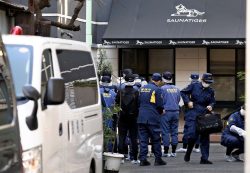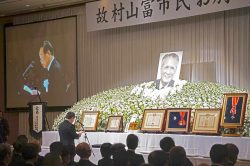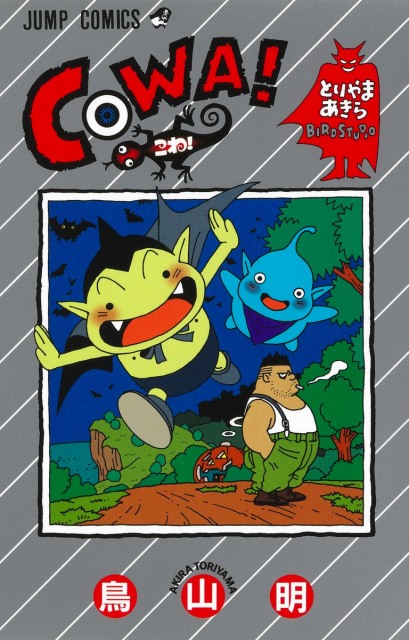
The cover of “Cowa!” by Akira Toriyama
Cowa!
by Akira Toriyama (Shueisha)

12:00 JST, May 18, 2024
On March 8, I learned that Akira Toriyama had passed away, and my mind went blank.
He was only four years older than I am. I never expected to hear of his passing while I worked as a newspaper reporter. No, let me be honest. I did not even want to expect it. It was the situation I had feared the most.
An obituary for a famous person on newspapers is customarily accompanied by a side story called hyoden, a short biography. This is usually written by a reporter who has interviewed the deceased during his lifetime and introduces the voice of that person to readers — how he or she spoke — while conveying his or her achievements and personality. When it comes to a super big name like Toriyama, there is no way to print his obituary without such a biography article.
The job was assigned to me, even though I never had an opportunity to meet Toriyama in person. After “Dragon Ball” became a huge hit in the 1990s, Toriyama stopped giving interviews to the mass media, and it was only in 1994 that I joined the Culture News Department of The Yomiuri Shimbun. We don’t know why Toriyama made that decision.
Therefore, I am not qualified to write his biography article. Still, I had to write something. I had no choice but to reread past Toriyama interviews that could be found in print and put together something close to his biography.
The last time that Toriyama’s own spoken words were published in printed form, so I could read them, was a conversation with Kazuhiko Torishima, a former editor of the Shukan Shonen Jump (Weekly Shonen Jump) manga magazine, in the latter’s book published last year. In the article, Toriyama said: “‘Well, it’s my job after all,’ is how I would let things go, and maybe that suited me quite well.
If you ask me whether ‘Dr. Slump’ and ‘Dragon Ball’ are my favorites, they are not my favorites at all. I know that if I really drew them the way I wanted to, they would never be popular.”
His remarks left a deep impression on me.
This is a brutally honest and detached point of view. “Dragon Ball” started as a lighthearted comedy manga that did not gain much popularity. Following Torishima’s advice, Toriyama changed the work to a serious battle manga, which resulted in the work becoming an explosive hit. At one point, an overwhelming 80% of readers responding to the popularity survey attached to the Weekly Shonen Jump magazine every week ranked “Dragon Ball” as the best manga of the week, a testament to the tremendous support it received. When an issue of the manga magazine achieved an unprecedented sales record of 6.53 million copies sold at the end of 1994, Toriyama was the driving force behind the feat.
“Dragon Ball” also established an innovative plot pattern for a battle manga. The protagonist defeats one enemy, only to get a more powerful foe to appear, with the protagonist himself also becoming stronger each time. This model continues to form the royal road of plot patterns for manga carried in Weekly Shone Jump today.
For Toriyama, however, he was only doing his job. It was not what he wanted to do. This has led me to feel that I can somehow understand why Toriyama stopped giving interviews, as his popularity grew.
Then, what are the works that he drew truly as he liked?
Here I finally get to introducing “Cowa!” which I chose for this month’s column. It was serialized in Weekly Shonen Jump for a short period in 1997, after the “Dragon Ball” series had been completed. The story of “Cowa!” is about Paifu, a mischievous vampire child who lives in the obake (monster) village of Batwing Ridge. Together with Maruyama, a human former sumo wrestler, he sets off on an adventure in search of medicine for the obake flu. It is a heartwarming comedy with a fairy-tale feel, but it is spiced up by depicting humans as more evil than obake. The picture-book style panels and pages are stylish and pleasing to look at. Above all, you really sense that Toriyama truly enjoyed drawing this manga.
I also recommend his “Sand Land” (2000), which has a similar touch and has recently been made into an animated film, but I personally prefer “Cowa!” Both works have been reprinted lately and are now more readily available. Although I was not able to meet Toriyama in person, I would like to, with sincere respect, reflect on what he really wanted to draw.
"Culture" POPULAR ARTICLE
-
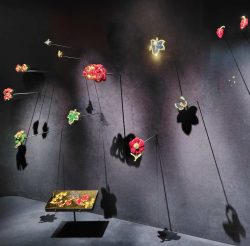
Van Cleef & Arpels Dazzles with Art Deco Artisanry at Tokyo Exhibit
-
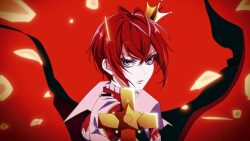
Disney’s ‘Twisted-Wonderland’ Animated Series Puts Villains in Spotlight: New Show Features School Inspired by Classic Disney Films
-

Japan Plans to Distribute Manga Overseas Via New Platform
-

Ayumi Hamasaki’s Shanghai Concert Canceled Day Before Schedule as Part of Beijing Backlash
-
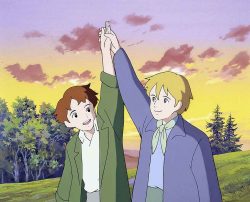
‘The World Masterpiece Theater Series’ Celebrates 50 Years; Animator Looks Back on Creating Anime Classics
JN ACCESS RANKING
-

Keidanren Chairman Yoshinobu Tsutsui Visits Kashiwazaki-Kariwa Nuclear Power Plant; Inspects New Emergency Safety System
-

Imports of Rare Earths from China Facing Delays, May Be Caused by Deterioration of Japan-China Relations
-

University of Tokyo Professor Discusses Japanese Economic Security in Interview Ahead of Forum
-

Tokyo Economic Security Forum to Hold Inaugural Meeting Amid Tense Global Environment
-

Japan Pulls out of Vietnam Nuclear Project, Complicating Hanoi’s Power Plans



◎上海の日本アニメイベント_20251129YGTGS000921_C-250x168.jpg)
